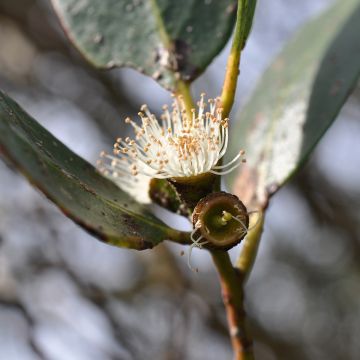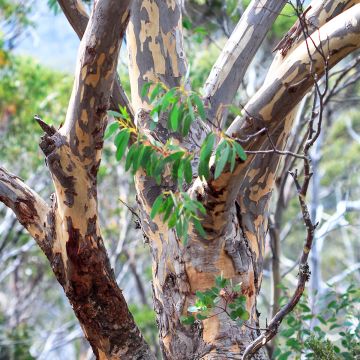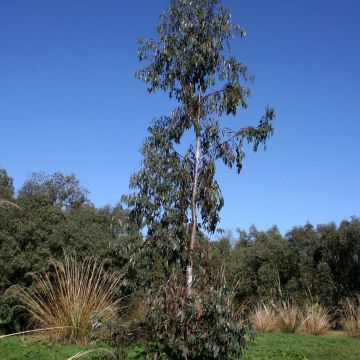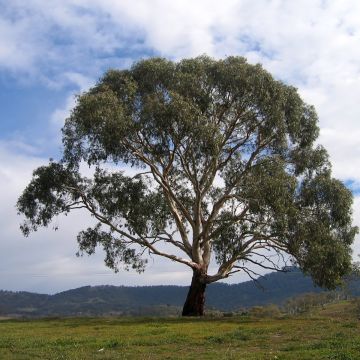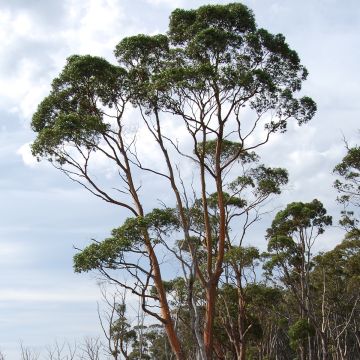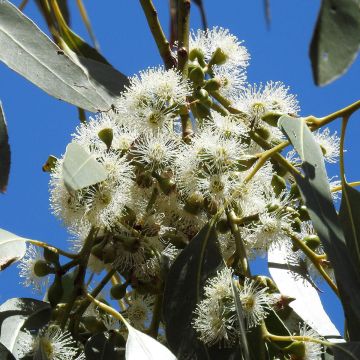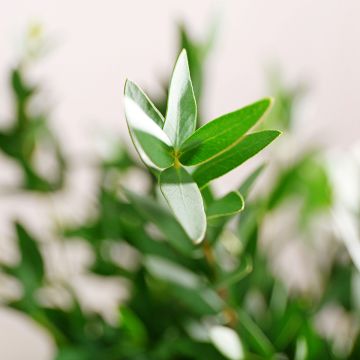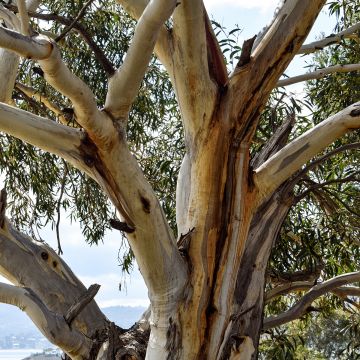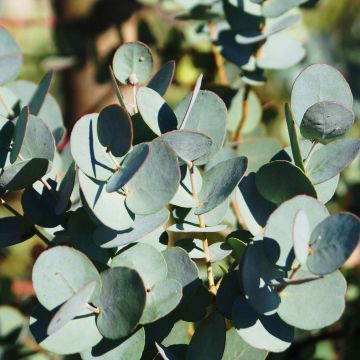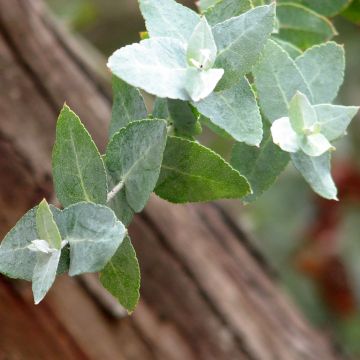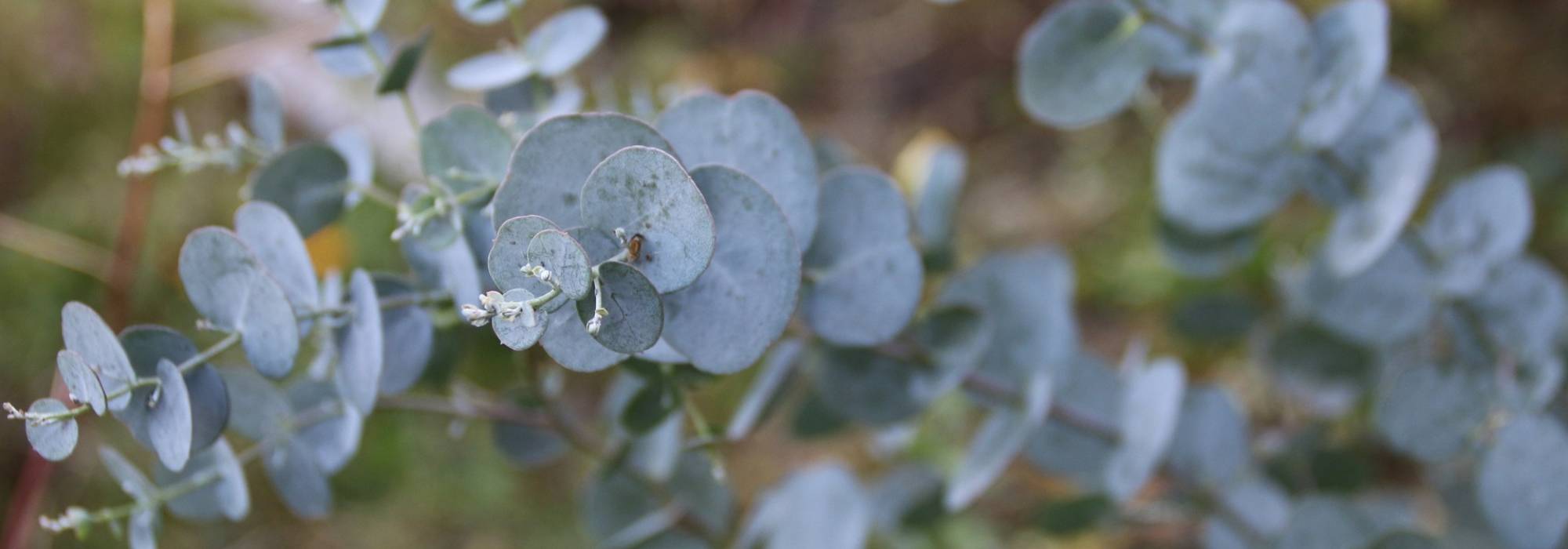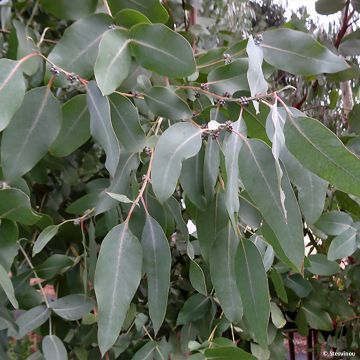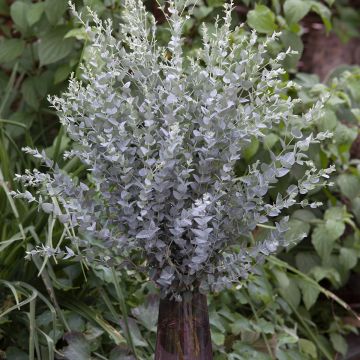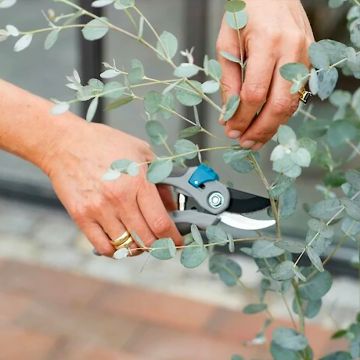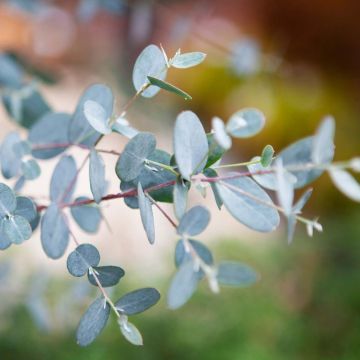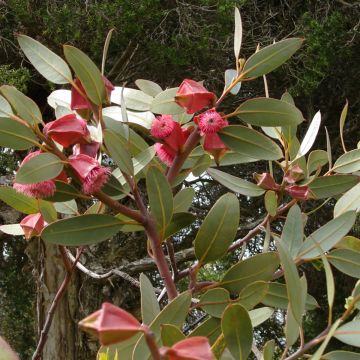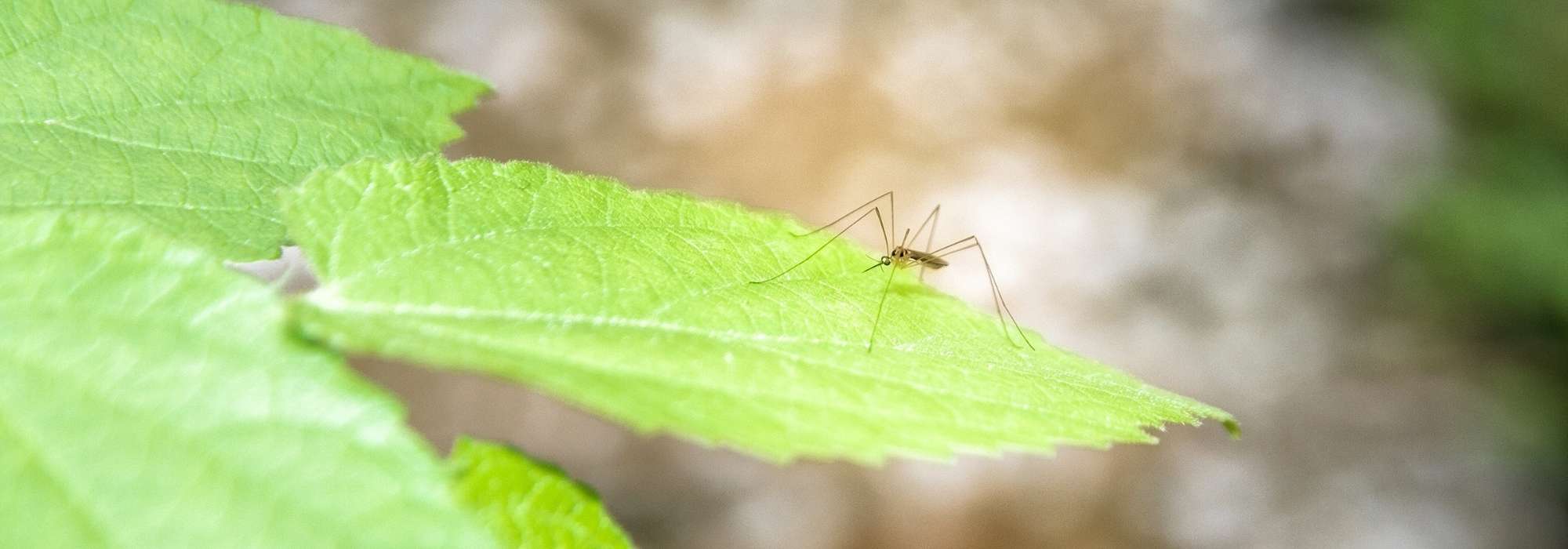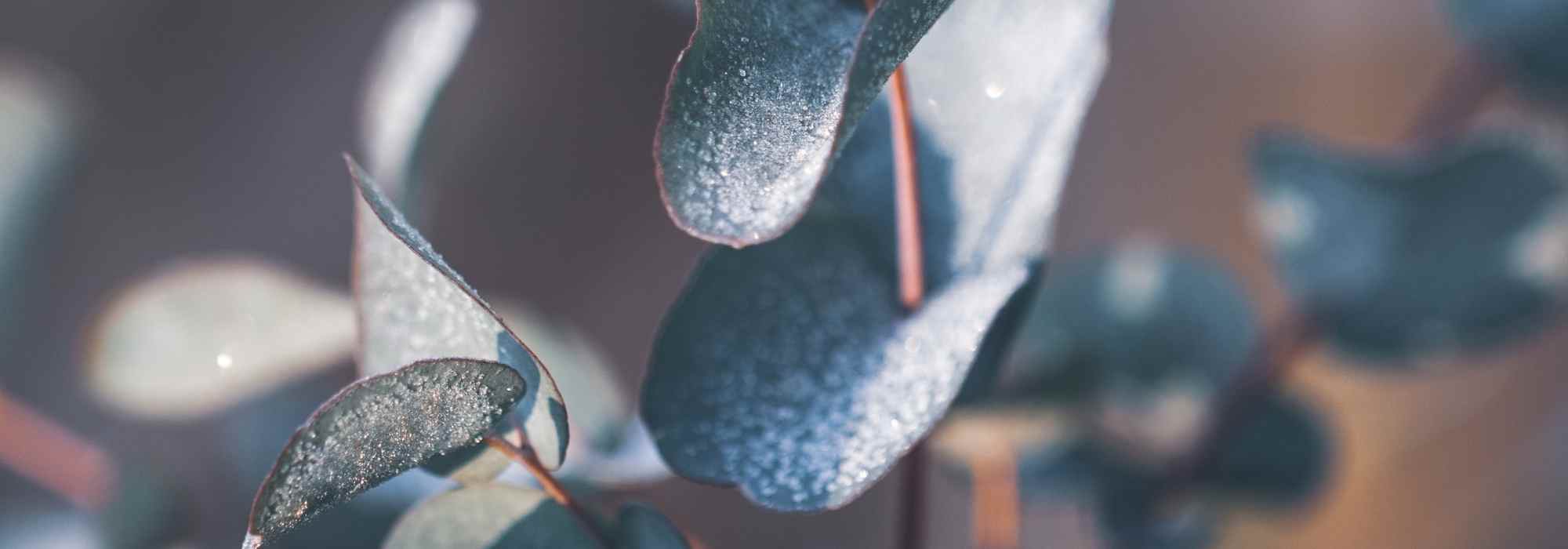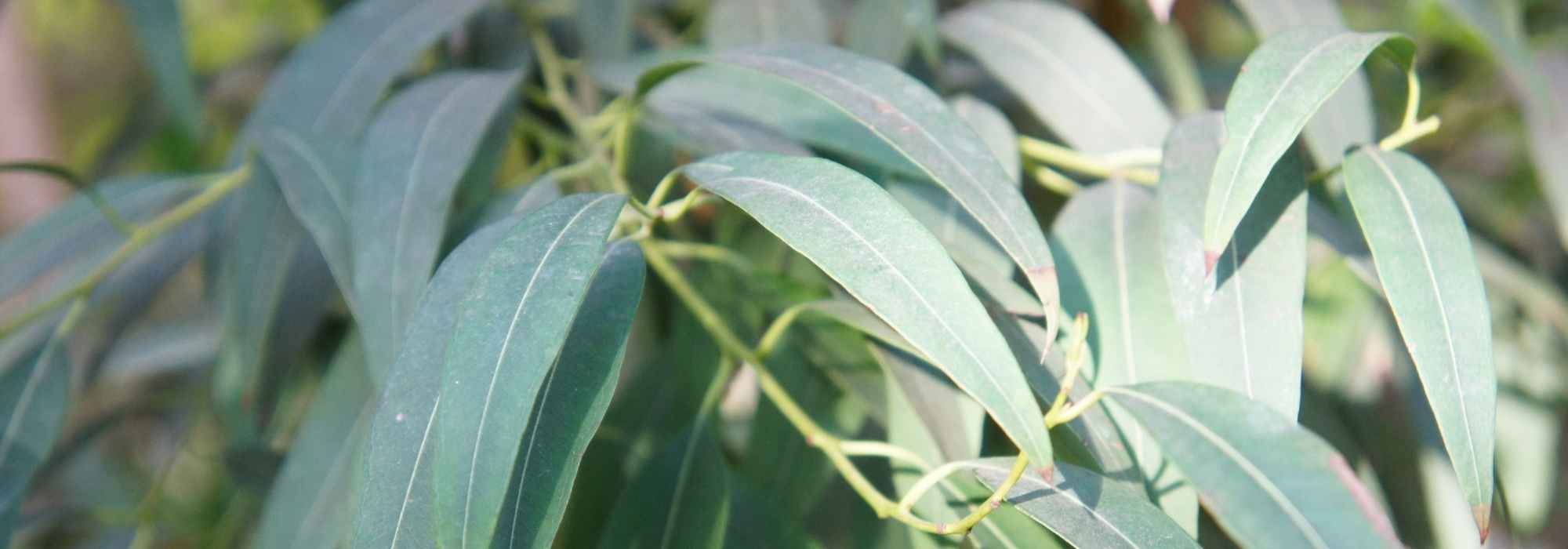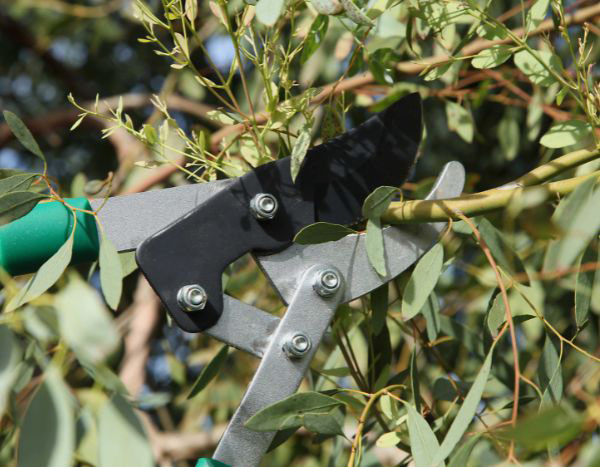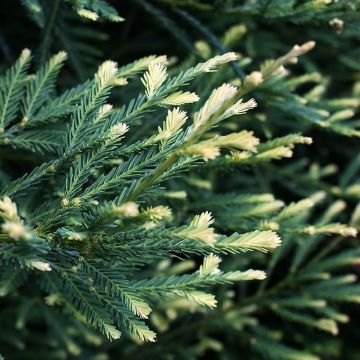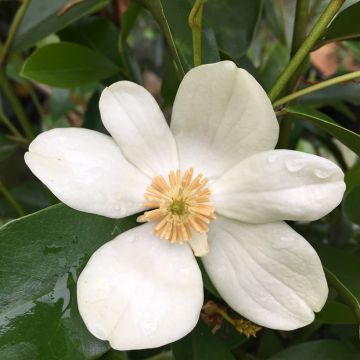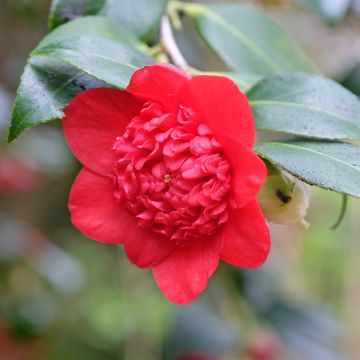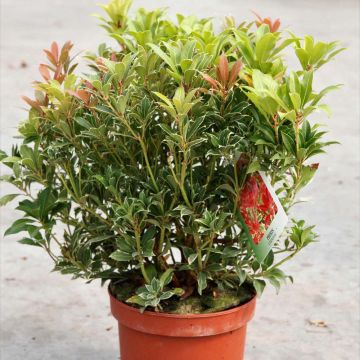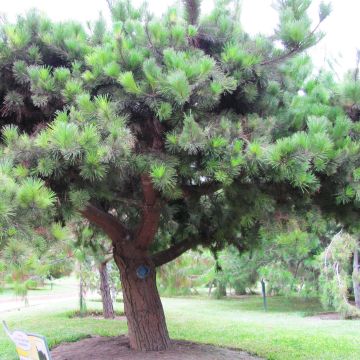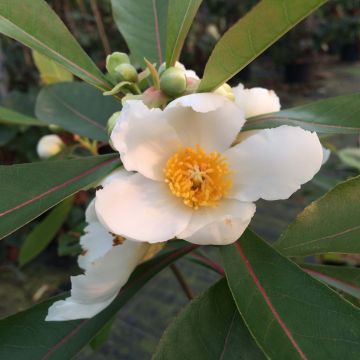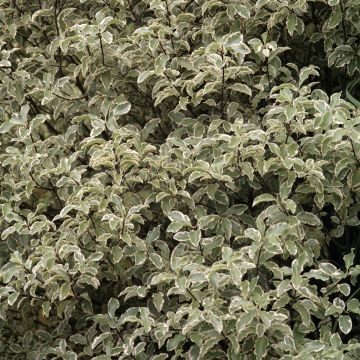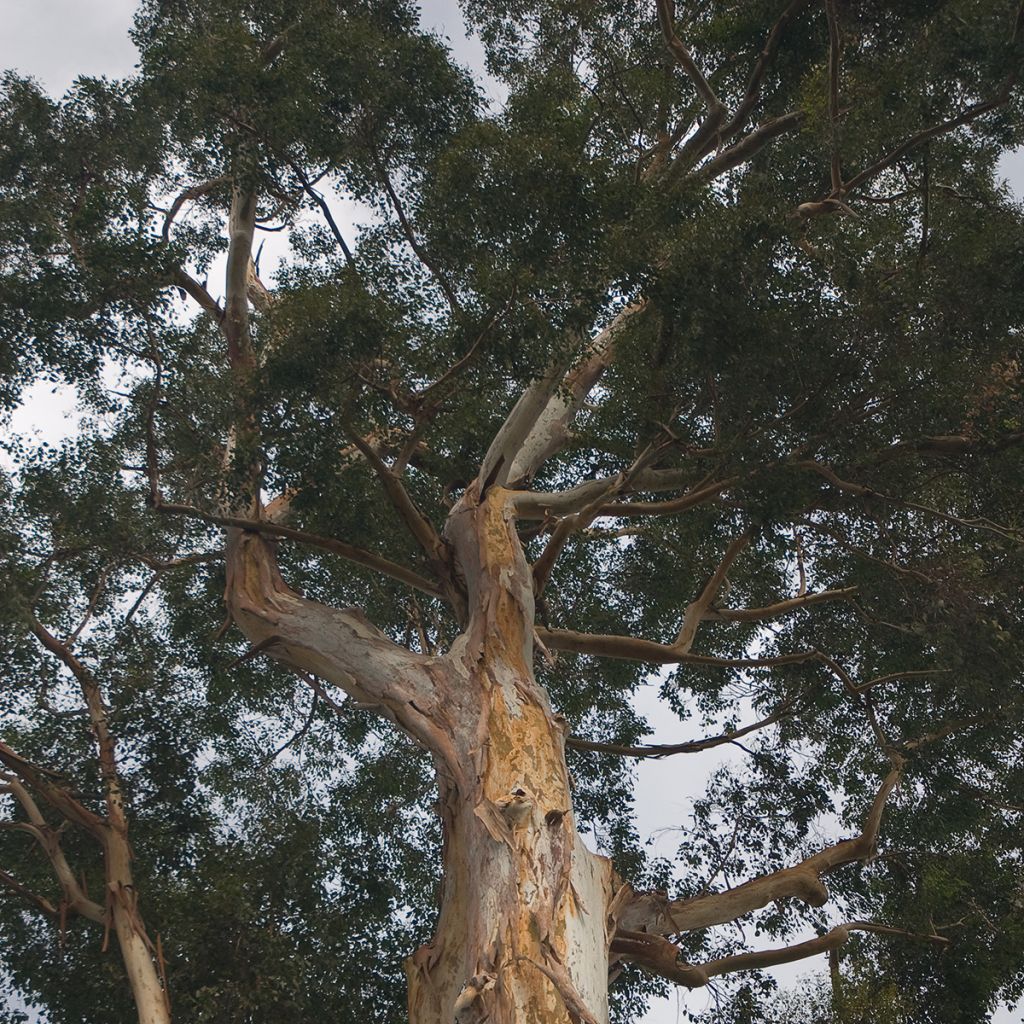

Eucalyptus deanei
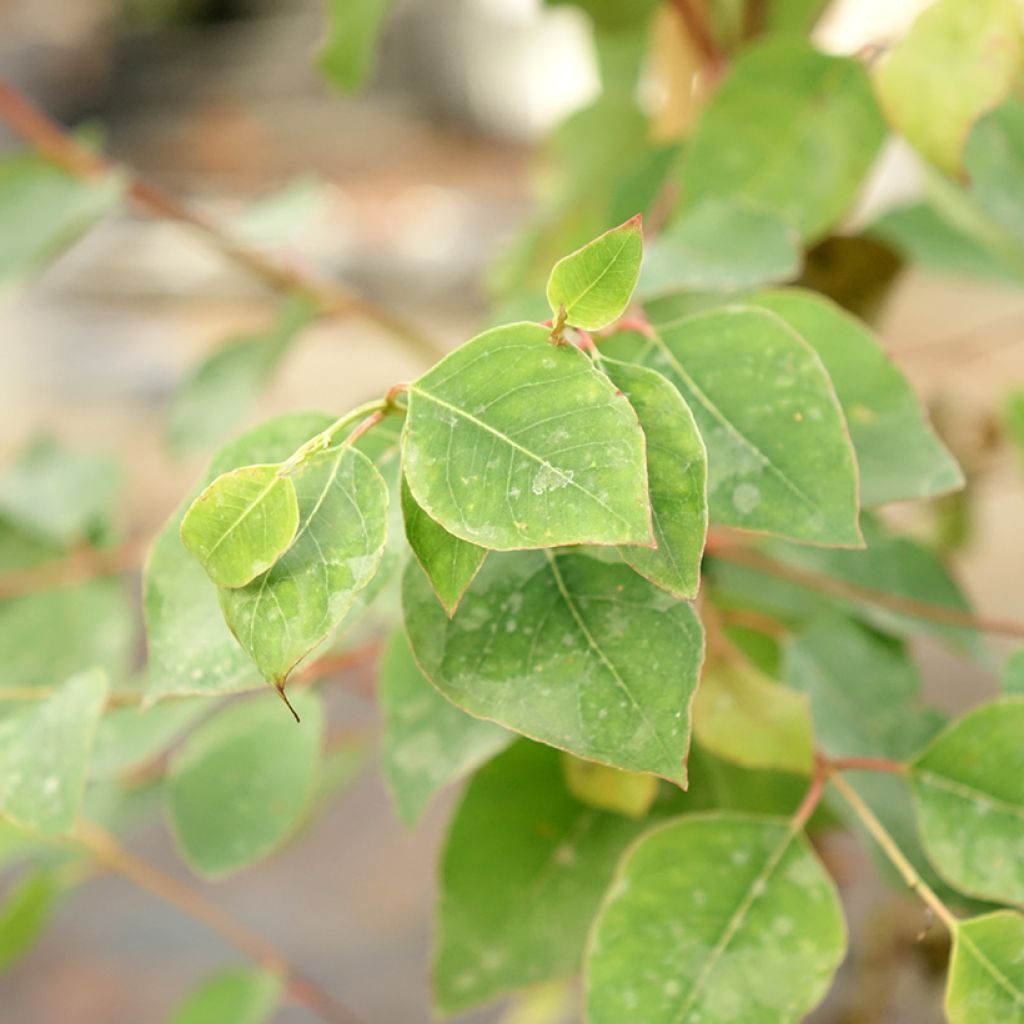

Eucalyptus deanei
Eucalyptus deanei
Eucalyptus deanei
Deane's Gum
Special offer!
Receive a €20 voucher for any order over €90 (excluding delivery costs, credit notes, and plastic-free options)!
1- Add your favorite plants to your cart.
2- Once you have reached €90, confirm your order (you can even choose the delivery date!).
3- As soon as your order is shipped, you will receive an email containing your voucher code, valid for 3 months (90 days).
Your voucher is unique and can only be used once, for any order with a minimum value of €20, excluding delivery costs.
Can be combined with other current offers, non-divisible and non-refundable.
Why not try an alternative variety in stock?
View all →This plant carries a 24 months recovery warranty
More information
We guarantee the quality of our plants for a full growing cycle, and will replace at our expense any plant that fails to recover under normal climatic and planting conditions.
Does this plant fit my garden?
Set up your Plantfit profile →
Description
Eucalyptus deanei, more commonly known as the Deane's Gum or Blue Mountain Gum, is one of those large trees that populate the vast mountainous forests of southeast Australia. The most beautiful specimens reach 65 to 80 metres (213 feet 4 inches to 262 feet 6 inches) in the Blue Mountains National Park. With an incredible stature, it stands out for its very straight trunk covered with particularly colourful bark that contrasts well with the lush green vegetation. Its cream-white flowering is quite discreet, amidst the mass of foliage, but extremely fragrant and attractive to bees. With a hardiness of around -7 to -8°C (19.4 to 17.6 °F), it will prefer a temperate, coastal climate, in dry to moist, well-drained soil, not too dry in summer. Fast-growing, this beautiful remarkable tree structures the landscape of a garden large enough to accommodate it.
Eucalyptus deanei, synonymous with E.saligna var. parviflora, is an endemic species from the east of Australia, more particularly from the centre of the east coast of New South Wales, in an area ranging from Picton to Singleton and an area extending from Armidale to the extreme southeast of Queensland. It thrives in high, humid forests on sandy alluvial soils, and on slopes and granite plateaus, at an altitude between 300 and 1000 m (984 ft 4 in and 3280 ft 10 in). In these regions, the climate is subtropical with strong continental influences, resulting in a cold winter atmosphere (3 to 15°C (37.4 to 59 °F)) and mild to warm in summer (15 to 27°C (59 to 80.6 °F)), with precipitation of 1100 mm spread throughout all months of the year. Belonging to the Myrtaceae family, it is commonly called: Deane's Gum or Blue Mountain Gum or sometimes Round Leaf Gum. Henry Deane (1847–1924), a railway engineer, but also a renowned botanist especially in the fields of eucalyptus, orchids and palaeobotany, gave his name to this species.
This eucalyptus forms a large tree, with a straight trunk and a spreading crown. Fast-growing, in its natural habitat it reaches a height of 40 to 50 m (131 ft 2 in to 164 ft) and 15 to 25 m (49 ft 2 in to 82 ft) in span. It generally rises on a single trunk that starts from a stump named lignotuber* located just below the surface of the soil. When young, it has rounded or square branches, bearing juvenile foliage, consisting of leaves, petiolate, opposite on 6 nodes, then alternate, round to ovate, 4 to 10 cm (1.6 to 3.9 in) long, 3 to 6 cm (1.2 to 2.4 in) wide, green and shiny. Then, as it develops, the petiolate leaves are alternate and take a lanceolate shape of 8 to 18 cm (3.1 to 7.1 in) long, 2 to 4 cm (0.8 to 1.6 in) wide, a pretty dark green on top, paler underneath. The leaves are very aromatic and give off a menthol fragrance when crushed, rich in eucalyptol. As it ages, the bark on the lower part of the trunk is evergreen, scaly, grey or brown; and on the upper part the bark is smooth, powdery, white or cream, with yellow, pink, grey or orange spots. The flowering mainly occurs in spring and early summer, but occasionally at other times. It does not constitute a real point of interest, drowned in the mass of foliage. The inflorescence, arranged in the axil of the leaves, on a short peduncle, is composed of 7, 9 or 11 floral buds gathered in a tight umbel which bloom into small flowers with numerous cream-white anthers, forming a pompon. Rich in nectar, they are very attractive to bees and birds. After flowering fruits, called "gumnuts", appear in the form of a woody, hemispherical capsule, divided into 3 or 4, which contain seeds 1 to 2 mm (0 to 0.1 in) long and brown or grey.
This eucalyptus has a *lignotuber, constituted by a swelling rich in starch that forms on the roots just below the surface of the soil. This organ allows it to restart from the stump in case of severe frost, fire or pruning to the ground. The plant also produces many shoots from dormant buds located under its bark, which allows it to respond well to pollarding, topping or more severe pruning.
Deane's Gum is an attractive and robust tree that finds a place in a large garden planted in isolation in an open space to appreciate the beauty of its bark and the elegance of its stature. In order to highlight its architectural habit, it is trained on a single trunk. With a hardiness of around -7 to -9°C (19.4 to 15.8 °F), it will prefer a temperate, coastal climate, with dry to moist, well-draining soil, but it hates periods of long droughts or soils that are too clayey or too limestone. Comfortable in moist soils, but not swampy, it has the ability to dry them out. With a highly developed root system, one must be vigilant about the choice of its location, keeping it away from the foundations of a house, or pipes.
Eucalyptus deanei in pictures
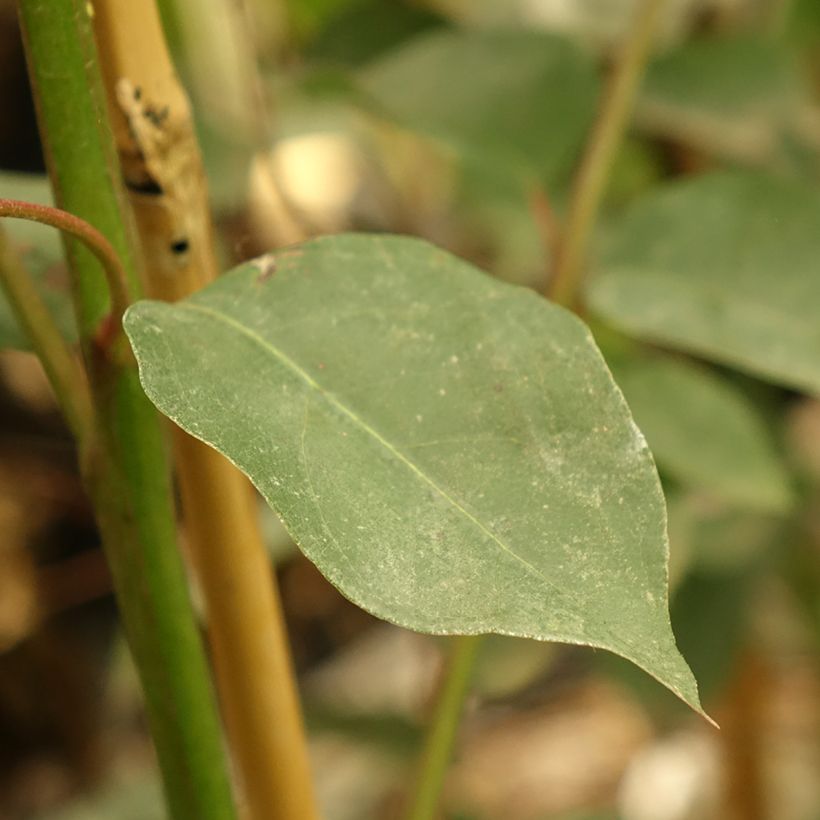

Plant habit
Flowering
Foliage
Botanical data
Eucalyptus
deanei
Myrtaceae
Deane's Gum
Australia
Other Eucalyptus
View all →Planting and care
Eucalyptus deanei is best planted at the beginning of spring in mild and wet regions, at the start of autumn in a dry and hot climate, in well-prepared, light and drained soil, in a very sunny position. Sandy, loamy, slightly clayey, acidic or even chalky soils are well tolerated. A well-established specimen is hardy down to -6/-8°C (21.2/17.6 °F) under these conditions. Young plants are more sensitive to severe frosts, especially if the frost sets in for several days and the soil is wet. In most regions, you can plant it in open ground, ensuring good drainage, possibly by adding coarse sand, pozzolana or gravel. Then let nature take its course, growth is fast.
For the first two years, regular watering is necessary, then the bush can do without watering in summer. Fertiliser is not recommended. Pruning is not necessary, but it is tolerated well after flowering, or at the end of winter if the stems have frozen. Eucalyptus can be trained into multiple trunks or a single trunk, by selecting the best placed one and cutting all others flush. It is also possible to coppice this small tree to form a large bush whose height you can limit.
Eucalyptus trees are useful for drying out wet land, as they are big water consumers even in winter. However, they become quite resistant to drought once well established (depending on the species and varieties).
Young plants establish most easily in open ground. The extensive and deep root system of Eucalyptus does not like to be disturbed and it tends to form a "bun" if the young plant stays too long in its pot. Choose its location carefully as it will be permanent.
Planting period
Intended location
Care
Planting & care advice
This item has not been reviewed yet - be the first to leave a review about it.
Similar products
Haven't found what you were looking for?
Hardiness is the lowest winter temperature a plant can endure without suffering serious damage or even dying. However, hardiness is affected by location (a sheltered area, such as a patio), protection (winter cover) and soil type (hardiness is improved by well-drained soil).

Photo Sharing Terms & Conditions
In order to encourage gardeners to interact and share their experiences, Promesse de fleurs offers various media enabling content to be uploaded onto its Site - in particular via the ‘Photo sharing’ module.
The User agrees to refrain from:
- Posting any content that is illegal, prejudicial, insulting, racist, inciteful to hatred, revisionist, contrary to public decency, that infringes on privacy or on the privacy rights of third parties, in particular the publicity rights of persons and goods, intellectual property rights, or the right to privacy.
- Submitting content on behalf of a third party;
- Impersonate the identity of a third party and/or publish any personal information about a third party;
In general, the User undertakes to refrain from any unethical behaviour.
All Content (in particular text, comments, files, images, photos, videos, creative works, etc.), which may be subject to property or intellectual property rights, image or other private rights, shall remain the property of the User, subject to the limited rights granted by the terms of the licence granted by Promesse de fleurs as stated below. Users are at liberty to publish or not to publish such Content on the Site, notably via the ‘Photo Sharing’ facility, and accept that this Content shall be made public and freely accessible, notably on the Internet.
Users further acknowledge, undertake to have ,and guarantee that they hold all necessary rights and permissions to publish such material on the Site, in particular with regard to the legislation in force pertaining to any privacy, property, intellectual property, image, or contractual rights, or rights of any other nature. By publishing such Content on the Site, Users acknowledge accepting full liability as publishers of the Content within the meaning of the law, and grant Promesse de fleurs, free of charge, an inclusive, worldwide licence for the said Content for the entire duration of its publication, including all reproduction, representation, up/downloading, displaying, performing, transmission, and storage rights.
Users also grant permission for their name to be linked to the Content and accept that this link may not always be made available.
By engaging in posting material, Users consent to their Content becoming automatically accessible on the Internet, in particular on other sites and/or blogs and/or web pages of the Promesse de fleurs site, including in particular social pages and the Promesse de fleurs catalogue.
Users may secure the removal of entrusted content free of charge by issuing a simple request via our contact form.
The flowering period indicated on our website applies to countries and regions located in USDA zone 8 (France, the United Kingdom, Ireland, the Netherlands, etc.)
It will vary according to where you live:
- In zones 9 to 10 (Italy, Spain, Greece, etc.), flowering will occur about 2 to 4 weeks earlier.
- In zones 6 to 7 (Germany, Poland, Slovenia, and lower mountainous regions), flowering will be delayed by 2 to 3 weeks.
- In zone 5 (Central Europe, Scandinavia), blooming will be delayed by 3 to 5 weeks.
In temperate climates, pruning of spring-flowering shrubs (forsythia, spireas, etc.) should be done just after flowering.
Pruning of summer-flowering shrubs (Indian Lilac, Perovskia, etc.) can be done in winter or spring.
In cold regions as well as with frost-sensitive plants, avoid pruning too early when severe frosts may still occur.
The planting period indicated on our website applies to countries and regions located in USDA zone 8 (France, United Kingdom, Ireland, Netherlands).
It will vary according to where you live:
- In Mediterranean zones (Marseille, Madrid, Milan, etc.), autumn and winter are the best planting periods.
- In continental zones (Strasbourg, Munich, Vienna, etc.), delay planting by 2 to 3 weeks in spring and bring it forward by 2 to 4 weeks in autumn.
- In mountainous regions (the Alps, Pyrenees, Carpathians, etc.), it is best to plant in late spring (May-June) or late summer (August-September).
The harvesting period indicated on our website applies to countries and regions in USDA zone 8 (France, England, Ireland, the Netherlands).
In colder areas (Scandinavia, Poland, Austria...) fruit and vegetable harvests are likely to be delayed by 3-4 weeks.
In warmer areas (Italy, Spain, Greece, etc.), harvesting will probably take place earlier, depending on weather conditions.
The sowing periods indicated on our website apply to countries and regions within USDA Zone 8 (France, UK, Ireland, Netherlands).
In colder areas (Scandinavia, Poland, Austria...), delay any outdoor sowing by 3-4 weeks, or sow under glass.
In warmer climes (Italy, Spain, Greece, etc.), bring outdoor sowing forward by a few weeks.






























